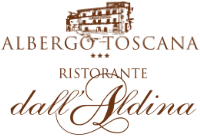Trevinano
Trevinano, a small hill town of 700 inhabitants, is located along the provincial road that leads from Acquapendente to San Casciano dei Bagni, in the Province of Siena. The country is in fact very close to border point between Lazio, Umbria and Tuscany. To the east of the town is the Monte Rufeno Nature Reserve.
Small center of probable Etruscan origin. After 396 BC Trevinano passes under Rome but there is no news until the late Middle Ages. It is likely that the inhabited center was originally in the locality Castelluzzo and Trevinano, where we see it today, arose in the Carolingian era.
The first document bearing the name Trevinano dates back to January 1073 and is a deed of donation to the monastery of SS. Salvatore on Mount Amiata. The document was drawn up by a certain judge Rallando in the castle of Trevinano. The small town suffered the fate of the various feudal lords to which it was subjected from time to time throughout the Middle Ages. We remember the dominion of the Visconti di Campiglia until 1327, then of the Monaldeschi of the Cervara branch from 1327 to 1592; later Trevinano was divided by the Apostolic Chamber, between the Simoncelli family and the heirs of the Monaldeschi. In 1687 the Apostolic Chamber took possession of the whole reunified territory and ceded it as a fief to the Bourbon del Monte.
Later the history of Trevinano will be more and more intertwined with that of Acquapendente and in general with that of the Papal state. The main monuments are the castle, which still bears on the portal the coat of arms of the Monaldeschi della Cervara, the parish church e la chiesa della Madonna della Quercia.
The Castle
The scarce news about the Trevinano castle dates back in the mid-twelfth century, a period tormented by frequent clashes between the Aquesians and the Orvietans.
A fundamental date is certainly 1187, the year in which with a peace treaty, stipulated between the città di Acquapendente e Orvieto, the town of Trevinano is granted to the sons of Sinibaldo Visconti di Cambiglia.
Currently the Castle is owned by the Boncompagni-Ludovisi, who were never however feudal lords of Trevinano, since in fact they inherited the castle in 2003 in the female line from the Bourbon del Monte family, the last feudal lords of Trevinano.
Church of the Madonna della Quercia
The news on the church of the Madonna della Quercia is richer and more detailed. Before arriving in Trevinano from the Paglia river, about a kilometer from the town, is the church dedicated to the Madonna della Quercia.
In fact, according to popular tradition, as reported in a manuscript from 1782, the apparition of the Madonna took place on the branches of the centuries-old oak. A Latin cross with apsidal arms, it was erected as a sanctuary around the sixteenth century. On the altar, partly Baroque, you can see a piece of the trunk of the miracle tree.
Chiesa Parrocchiale
The parish church, as can be deduced from an 18th century document, is dedicated to the “Madonna SS. under the mystery of the Nativity".
His built is presumably of the Renaissance period. On the baroque altars you can see paintings of the sixteenth and seventeenth centuries, described in a document of 1782: "We saw a picture where the marriage of cana was expressed, but this is an excellent brush by canon Ariberto del Monte, canon of San Pietro of Rome, then patron saint of Trevinano, was transported to Rome and in place of that the present fact was instituted by same painting with the image of San Lorenzo".
Discover Acquapendente and its hamlets
Acquapendente
our city
Torre Alfina
and his magnificent Castle
Torre Alfina
Discover one of the most beautiful villages in Italy with its castle and the legendary Bosco del Sasseto


